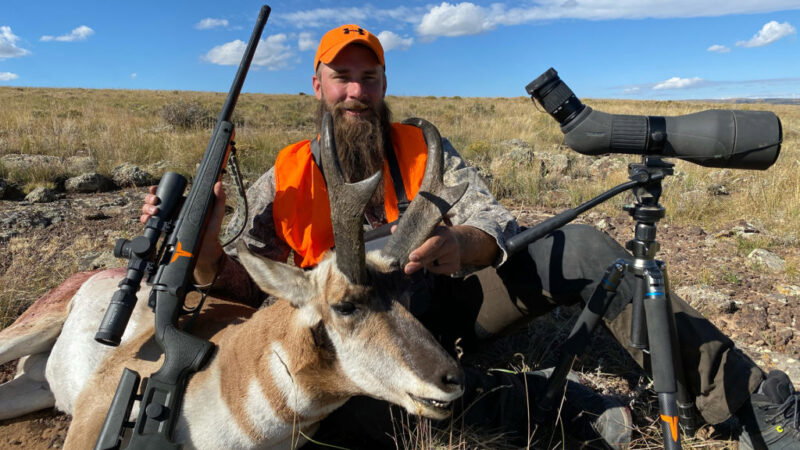Post-Season Scouting For Whitetail Deer
Summer scouting has always been the most preferred method of noting whitetail habits. Whether it’s sitting stand with a quality binocular, walking the property, hanging trail cameras or all three, nobody gives too much thought to looking for deer sign directly after the season has ended. In fact, it doesn’t even seem to make sense. The following are a few key facts that might make you rethink your scouting techniques.
No pressure.
Who cares if you bump deer out of their bedding areas? As long as you don’t make a habit of rummaging through their home lands on a daily basis, they’ll soon be back. Of course you’ll never want to venture into a buck’s bedding area during the season or even right before. But again, when the season is over, you won’t have to worry about ruining the hunting. Plus, deer can sense the pressure put on them by hunters when they’re being shot at and chased out of their home territories on a daily basis.
An easy read.
Unless you live in the Deep South, there’s a pretty good chance of snowfall during the winter months. In the early spring, when said snow begins to melt, is a great time to find tracks and trails in the mud. Plus, and again this largely depends on the area of the country in which you live, you may find some sheds. Another advantage is that every leaf in the woods is lying on the ground and thus makes spotting rubs a lot easier. Scrapes too. Coupling these things with trail camera images, and you’ll quickly learn what bucks made it through the deer season.
February.
Need we say more? And many of you can agree – February is hands down the worst month of the year for the lack of things that makes the fall and winter the best parts – hunting and football. If scouting is as close to hunting as you can get, then we recommend it. Relieve yourself of cabin fever by kicking around in the woods for a day, planning new stand sites and visualizing where the next big buck is going to come from.
How to prepare.
This list of things to do and take is not complicated. In fact, it’s just about everything you’d pack for a hunt minus a weapon. For starters, remain as scent free as possible so your presence will leave the area shortly after you do. Quality binoculars will give you an advantage when you’re either surveying an area for deer or have already laid eyes on a buck and want to get a better feel for his size. With good magnification you might even get lucky and happen to spot a shed on the ground you never would have seen otherwise.
A few additives to pack are a trail camera or two to place in heavily-used bedding areas or travel corridors. If it’s legal, dumping out a bag of corn just to draw a buck in and get him to stand still for a clear image is a good idea. Lastly, and many of you may already have this in your daypack, but some orange tape to help identify trails and potential trees to hang a stand is important. Unless you’re very familiar with the property or just have Jeremiah Johnson like senses, sometimes finding your way back to an exact spot on an expansive piece of land isn’t as easy as you might think.
The lull between deer and turkey seasons can be tough on some hunters. If nothing else, post-season scouting is just a good excuse to get outdoors, reminisce about past hunts and make plans for the future. The exercise and cold winter air filling your lungs will make you feel better when cabin fever hits its peak.








